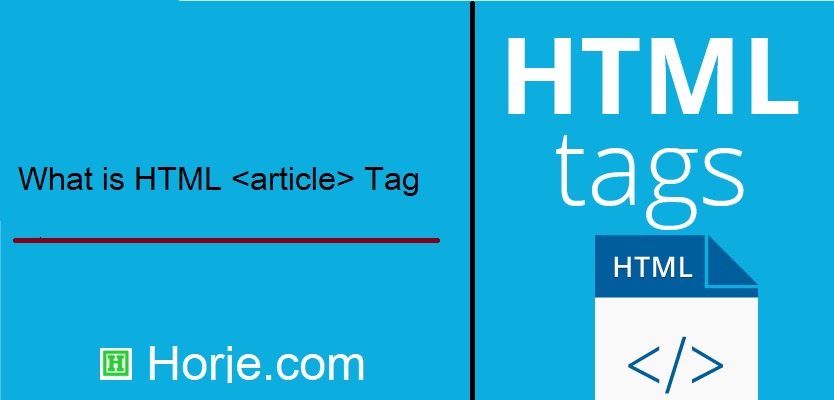
|
|
The An article should make sense on its own and it should be possible to distribute it independently from the rest of the site. Potential sources for the
Note: The |
How to create HTML <article> Tag
Three articles with independent, self-contained content:
index.html
Example:
HTML
<article>
<h2>Google Chrome</h2>
<p>Google Chrome is a web browser developed by Google, released in 2008. Chrome is the world's most popular web browser today!</p>
</article>
<article>
<h2>Mozilla Firefox</h2>
<p>Mozilla Firefox is an open-source web browser developed by Mozilla. Firefox has been the second most popular web browser since January, 2018.</p>
</article>
<article>
<h2>Microsoft Edge</h2>
<p>Microsoft Edge is a web browser developed by Microsoft, released in 2015. Microsoft Edge replaced Internet Explorer.</p>
</article> Output should be:

Browser Support for HTML <article> Tag
The numbers in the table specify the first browser version that fully supports the element.
Output should be:

How to Use CSS to style the <article> element:
The article element - Styled with CSS
index.html
Example:
HTML
<style>
.all-browsers {
margin: 0;
padding: 5px;
background-color: lightgray;
}
.all-browsers > h1, .browser {
margin: 10px;
padding: 5px;
}
.browser {
background: white;
}
.browser > h2, p {
margin: 4px;
font-size: 90%;
}
</style>Output should be:

How to edit Default CSS Settings for HTML <article> Tag
index.html
Example:
HTML
<style>
article {
display: block;
color: blue;
}
</style>Output should be:

Category: | Web Tutorial |
Sub Category: | HTML Tag |
Uploaded by: | Admin |
Read Articlehttps://horje.com/learn/1434/reference